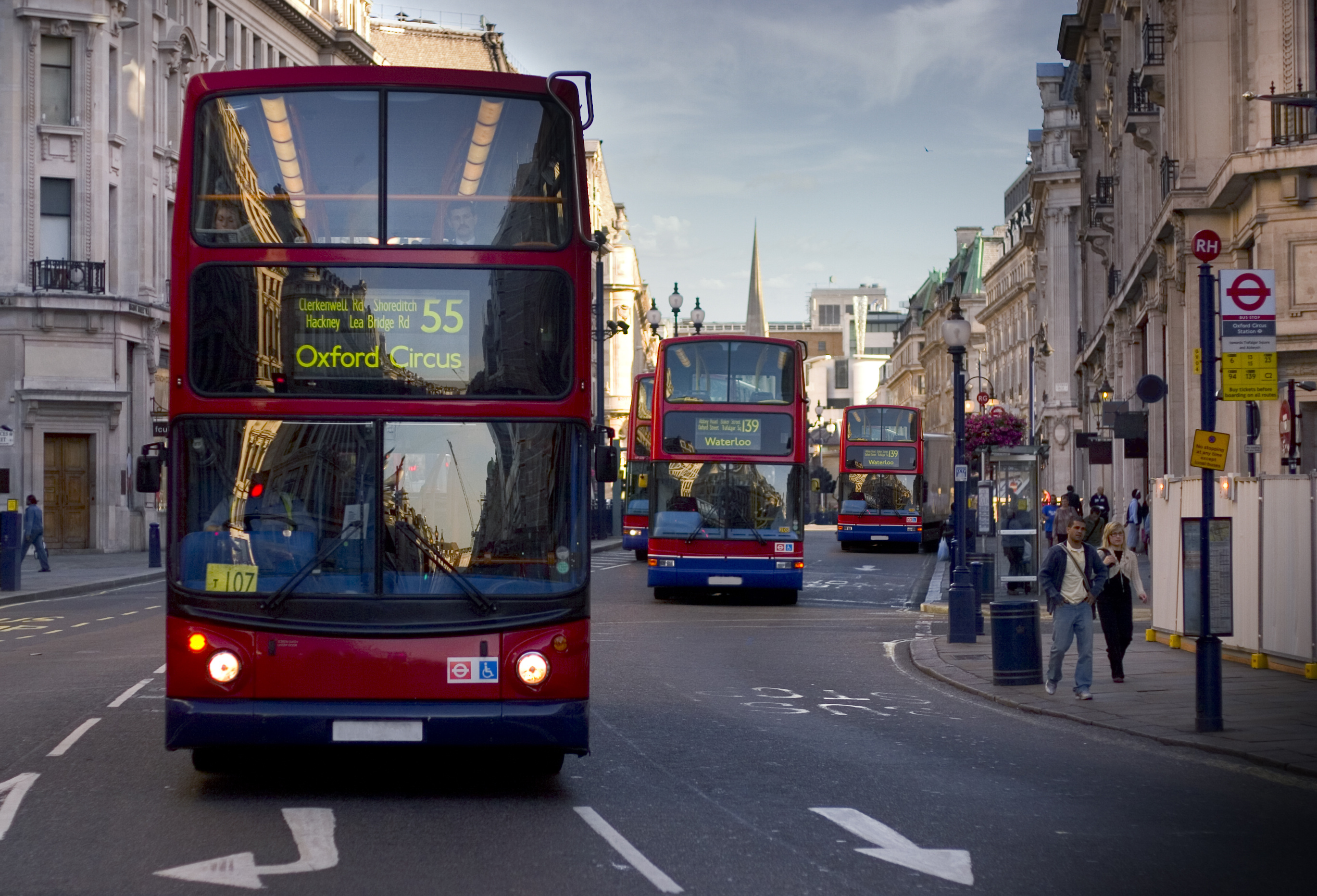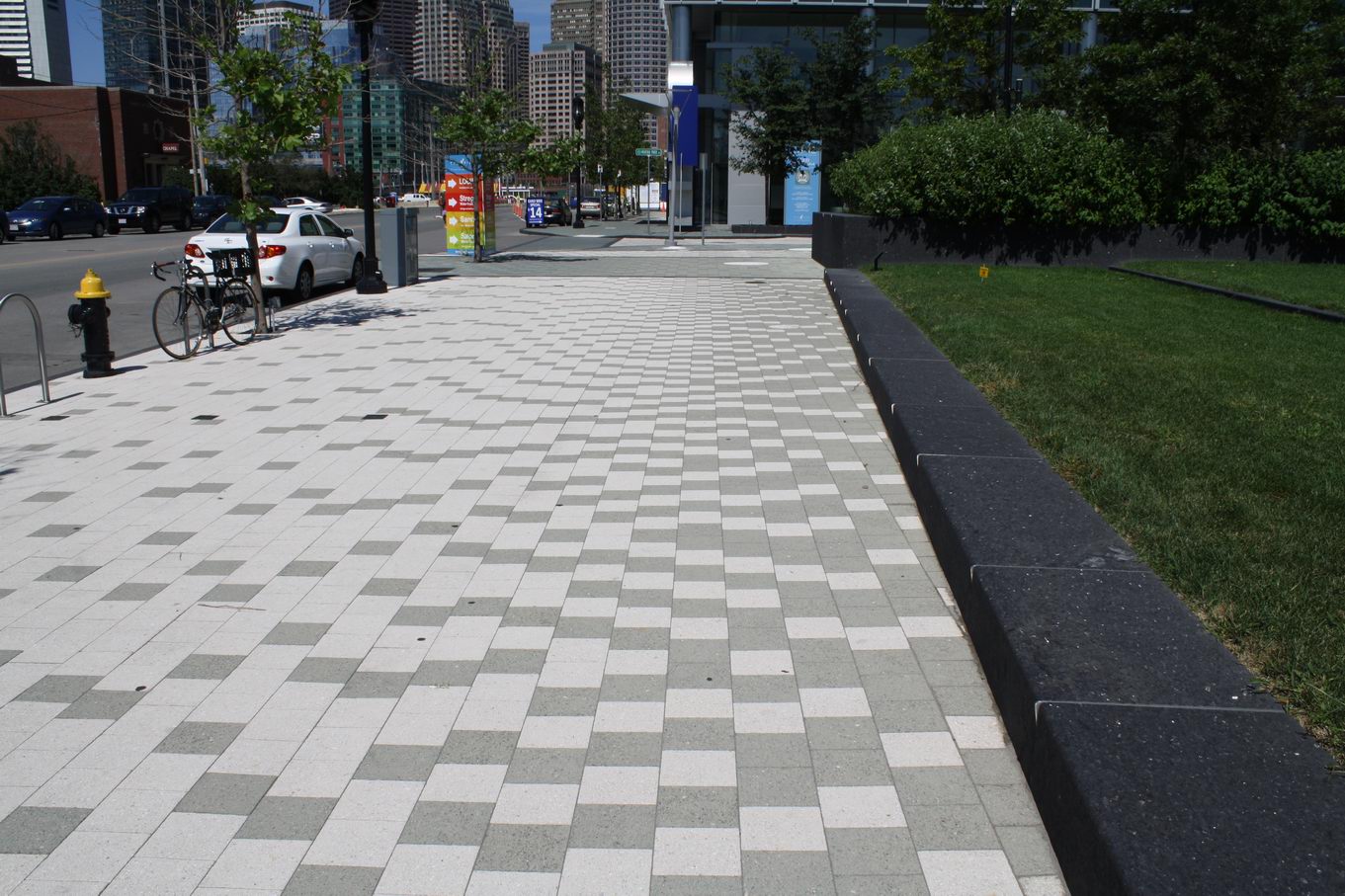“In a quality city, a person should be able to live their entire life without a car, and not feel deprived” – Paul Bedford, City of Toronto Planning Director (2014)
Improvements to the design and layouts of streets and cities can have a significant impact on encouraging more of us to walk. However, many people living in cities face a significant number of barriers to being physically active where they live, particularly in relation to walking. Pathways and public spaces such as parks and throughways are often unappealing, unsafe, congested, traffic filled, noisy or for some completely inaccessible, which leads to a reliance on vehicular travel and a reluctance to be physically active within the city environment.
Walkable environments consider not only the physical design of routes, but also features and facilities that are inclusive of the widest possible range of needs; for example, places for people to rest along their journeys (including well designed seats and benches), accessible toilet facilities, signage and street design that is sensitive to a range of needs and that can help with orientation and wayfinding. However, the benefits are clear across the board when it comes to trying to make our cities more walkable (and as a result healthier). This blog post outlines a few of these potential benefits, and considers how planners can get involved in realising some of them through effective planning and design in their own cities.
Social benefits
Safe, walkable, environments can provide opportunities for people of all ages and abilities to stay socially connected and engaged. This can be particularly helpful in communities with a lot of children, older people or vulnerable adults. Having areas that are known to be safe can help to encourage people to leave their homes, reducing the impact of loneliness and social isolation, and improving their sense and feeling of community in their local area, which in turn can help with health and wellbeing and community cohesion.
Health benefits
Walking is good for us! In August this year a survey by Public Health England revealed that four in 10 middle-aged adults fail to manage even one brisk 10-minute walk a month. This despite research showing that walking each day can rapidly reduce risk of health conditions such as stroke and heart attack. Promoting active lifestyles through encouraging walking has also been shown to help tackle the growing issue of obesity, particularly among younger people. Walking can also be good for mental health, particularly when it is done as a group. Increasingly, walking interventions are being prescribed as part of social prescription initiatives to help people regain health, fitness and confidence. But in order for these to be effective, spaces and suitable environments for walking need to be made available.
Environmental benefits
For many cities, London, Manchester and Glasgow included, congestion and air pollution are major issues. Creating walkable cities, and encouraging walking, cycling and other more environmentally friendly modes of transport can have a significant impact on the levels of pollution within an area. Reducing vehicle use can also have an impact on noise, water, thermal and light pollution in our cities too. Some attempts are being made to reduce the level of pollution in our cities – vehicles in central London have been subject to a congestion charge for a number of years. However, recent developments and attempts to reduce the high levels of air pollution in the city have led to the introduction of the “T-Charge”. It has been suggested that the money raised from this charge could be used to fund green transport initiatives, and this includes improving cycle and walkways and making streets more easy to navigate on foot.
Economic benefits
Walkable spaces can act as a catalyst for local economic vitality, regeneration and tourism. Research has shown that improving public spaces, and creating an environment which encourages more people to walk safely, (and free from the noise, smell and feelings of claustrophobia that can come with high levels of car traffic) has a significant and positive impact on businesses, resulting in people spending more time, but also more money in shops and town centres.
Creating walkable cities: what can be done to help
Planners and city officials are increasingly aware of the need to promote more open, safe and accessible public spaces in new development areas. However, some cities have already implemented practices that could be taken forward in the future. Organisations like Living Streets have produced road maps and blueprints of how cities can use planning to improve public spaces, make them walker friendly and reduce reliance on vehicles. Consultancies like Arup have also produced research on the benefits of creating “walkable cities” and in 2014 RTPI launched their own report on the benefits of planning for “healthier cities” (which includes provision for making cities more walkable). In 2017 the World Health Organisation (WHO) published a briefing on transforming public spaces to promote physical activity in cities. There are a number of ways in which planners and city planning teams can have a positive impact on promoting change to encourage more walking in our cities including:
- Create walkable neighbourhoods – In Melbourne a “local connectivity plan” was introduced in 2014. The plan was used to build a network of neighbourhoods which had social, leisure and retail facilities within a 20 minute walk of people’s homes.
- Prioritise walking, and “walkable spaces” in development and regeneration plans – The mayor of London appointed a walking and cycling commissioner in 2017, whose role is to make walking and cycling easier and safer across the capital. The mayor’s new ‘healthy streets’ approach is a commitment to a system of healthy streets and strategies that will help Londoners use cars less and walk, cycle and use public transport more.
- Make walking safe – Designing walkways and footpaths that incorporate wide, well lit pathways, well signposted and nicely designed and maintained routes has been shown to be one of the main factors in encouraging people to walk more within their local area.
- Make walking easy (and fun) – Go Jauntly is a new walking app that uses photographs rather than maps to guide users on routes around woods and byways. Walkers can add their own routes, and it is hoped that it the app will “increase the social appeal of people walking together” coming up with new routes within their own neighbourhoods, or areas they like to walk in.
If you found this article interesting, you might also like to read our previous blogs:
It’s a kind of magic: how green infrastructure is changing landscapes and lives
Hidden in plain sight – the value of green spaces
Follow us on Twitter to see what developments in public and social policy are interesting our research team.
Share
Related Posts
Supporting residents on the decarbonisation journey: leveraging data for effective retrofit projects
As the drive towards decarbonisation intensifies, the social housing sector’s ability to collect, store and manage vast amounts of data becomes increasingly critical. With a shared goal of creating warmer, carbon-free homes, housing associations’ strategic use of data is essential ....
The recent spikes in energy costs have thrown into sharp focus the challenge of heating our homes. Domestic heating is important, not just for our comfort and wellbeing, but to reduce humidity and prevent condensation. But because traditional heating systems ....
By Donna Gardiner While free school meals (FSM) have been available in England on a means-tested basis since 1944, recent years have seen a renewed focus upon the potential benefits of providing free school meals to all school-aged children. Currently, ....






